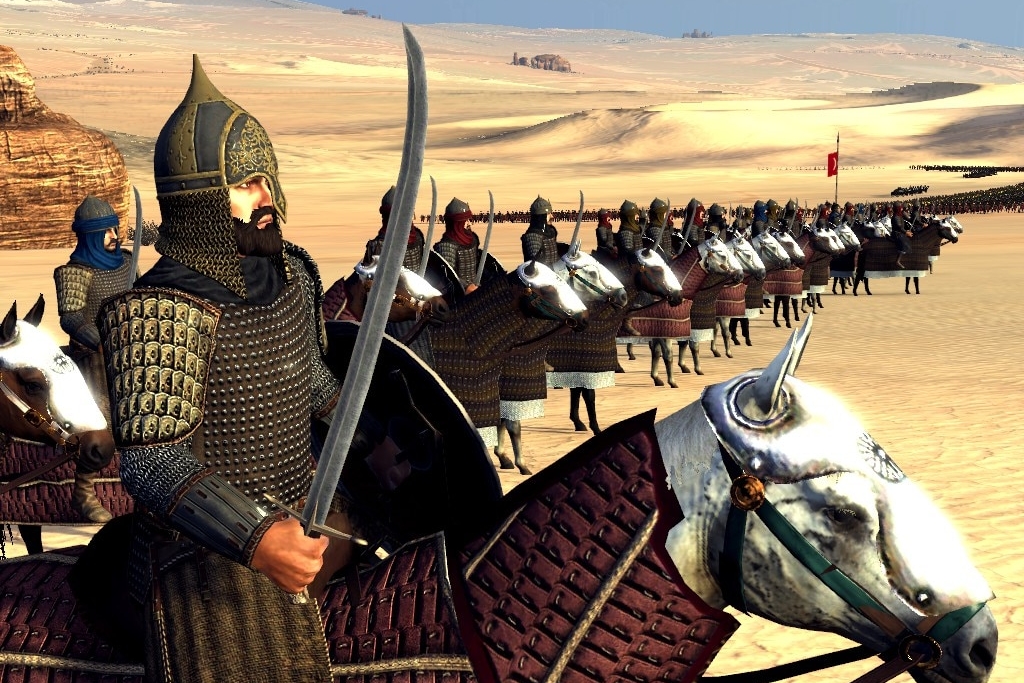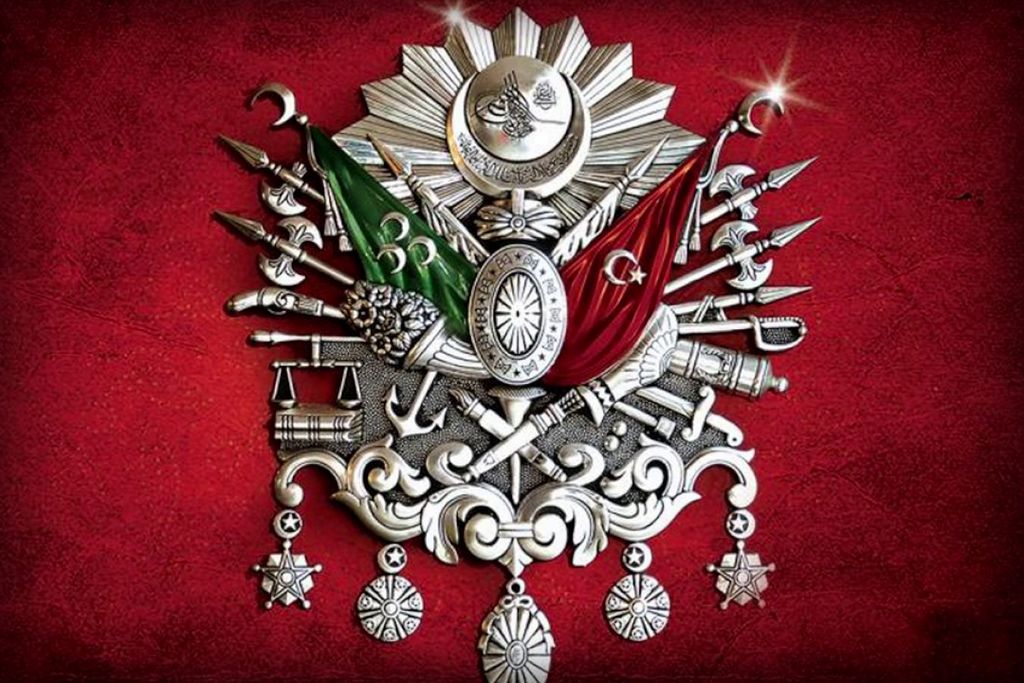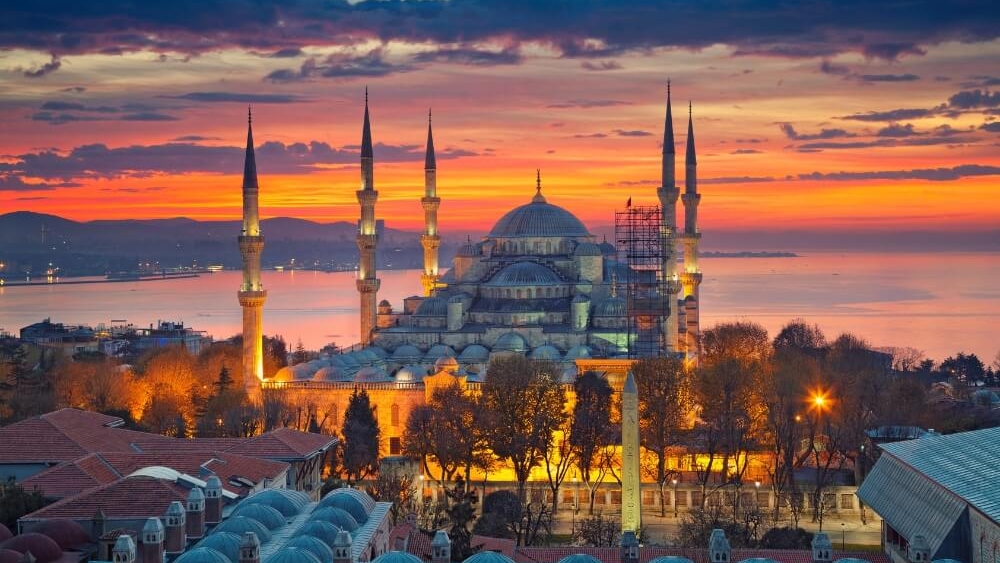Last Updated on Juli 24, 2025 by Ideal Editor
🏹 From Seljuks to the Dawn of the Ottomans: Rise of Crescent Empires-The Shifting Power of Anatolia
In the wake of the weakening Byzantine control over Asia Minor, Anatolia experienced one of the most dynamic transformations in world history. From a bastion of Eastern Christianity and Greco-Roman legacy, it evolved into the nucleus of powerful Islamic empires. This transition From Seljuks to the Dawn of the Ottomans was neither linear nor peaceful—it was shaped by military conquests, spiritual movements, cultural fusion, and administrative innovation.
Between the 11th and 15th centuries, three dominant forces reshaped the region:
- The Seljuk Turks, who brought Islam and Persian culture
- The Mongol Ilkhanate, who destabilized and fragmented central rule
- And the early Ottomans, who emerged from obscurity to imperial grandeur
This blog explores how Anatolia’s ancient civilizations gave way to Islamic Turkish dominance, setting the stage for the Ottoman Empire—an empire that would straddle continents for over six centuries.
🕌 The Seljuk Arrival and Islamization of Anatolia
🏇 Battle of Manzikert (1071) – A Civilizational Pivot
The Battle of Manzikert, fought near Lake Van, was more than a military confrontation. It marked a turning point in Anatolia’s identity. The victory of Alp Arslan and the Seljuk Turks over Byzantine Emperor Romanos IV Diogenes signaled the end of Byzantine supremacy in the east and opened the floodgates to Turkic migrations.
⚔️ Lasting Impacts:
- Byzantine disarray allowed local rulers to assert independence
- Turkic nomadic tribes began settling and integrating across the plateau
- Islamic cultural influence took root through institutions, architecture, and Sufi orders
📊 Infographic Snapshot:
| Battle | Combatants | Outcome | Historical Impact |
|---|---|---|---|
| Manzikert (1071) | Seljuk Turks vs Byzantines | Seljuk Victory 🏆 | Shifted Anatolia’s demographic and religious makeup |
🏰 Seljuk Sultanate of Rum (1077–1307): The Islamic-Persianization of Anatolia
Founded by Süleyman ibn Qutalmish, the Sultanate of Rum (derived from “Rome”) was established to administer the newly conquered Byzantine territories. Its capital, Konya, became a vibrant center of Islamic learning, Persian art, and cultural synthesis.
🌐 Key Features of Seljuk Rule:
- Madrasas & Caravanserais: Educated clergy and supported traders across the Silk Road
- Architectural Innovation: Flourishing of Islamic architecture, tiled mosques, and domed structures
- Sufi Mysticism: The Mevlevi Order (Whirling Dervishes) founded by Rumi, took root in Konya
- Tolerant Governance: Christians and Jews were granted dhimmi status and permitted to retain customs under Islamic oversight
🛤️ Trade & Infrastructure:
The Seljuks constructed hundreds of caravanserais, turning Anatolia into a major corridor for commerce from East to West. These inns provided security and facilitated interaction among merchants, clerics, and nomads alike.

🐎 Mongol Invasions and Anatolia’s Fragmentation
🔥 Mongol Conquest of Anatolia: Battle of Köse Dağ (1243)
The Mongol Ilkhanate, expanding westward under the heirs of Genghis Khan, confronted the Seljuks at the Battle of Köse Dağ. Their victory transformed Anatolia from a semi-centralized sultanate into a fractured landscape.
📉 Post-Invasion Disruption:
- Seljuks became vassals, retaining nominal authority while Mongols pulled the strings
- Turkmen Beyliks began asserting autonomy, setting the stage for the rise of smaller dynasties
- Economic destabilization occurred as urban centers declined and trade reoriented
📊 Table: Impact Summary
| Sector | Consequence |
|---|---|
| Political | Central collapse, rise of beyliks |
| Economic | Trade decentralization, ruralization |
| Religious | Continued Islamization; rise of Sufi lodges as local authority |
| Cultural | Fusion of Turkic, Mongol, Persian traditions |
🏹 Rise of Turkish Beyliks and the Ottomans
🏞️ Anatolia’s Patchwork of Beyliks (13th–14th Century)
After the Seljuks waned and Mongol grip loosened, various Turkish principalities (beyliks) filled the vacuum. These regional powers, often centered around fortified towns, waged both holy war (gaza) and political maneuvering to expand.
🔹 Notable Beyliks:
- Karamanids: Challenged Ottoman dominance and promoted Turkish over Persian
- Germiyanids: Central Anatolia’s power brokers
- Aydınids & Menteşe: Controlled coastal trade
- Ottomans (Osmanoğulları): Started as a small frontier principality in Bithynia
🌟 Ottoman Advantage:
- Located on Byzantine frontier, ideal for gaza campaigns
- Skilled in both warfare and diplomacy
- Integrated Byzantine deserters and advisors, leveraging multi-ethnic networks
🧭 Ottoman Timeline:
| Year | Milestone |
|---|---|
| 1299 | Osman I declares independence |
| 1326 | Bursa captured – becomes Ottoman capital |
| 1354 | Ottomans cross into Europe (Gallipoli) |
| 1389 | Battle of Kosovo – Expansion into the Balkans |

⚔️ Military Evolution and Early Ottoman Expansion
🛡️ Ghazis and the Warrior Ethos
The Ottoman frontier state thrived on the ghazi ethos—fighting not only for territorial gain but as a sacred duty. Warriors, mystics, and migrants alike were drawn to this dynamic, fluid society on the edge of Christendom.
🧠 Military Strategies:
- Adaptation of Byzantine siege techniques
- Utilization of cavalry raids and mobile infantry
- Early form of inclusivity, granting converted Christians positions of power
📊 Military Hierarchy:
| Role | Function |
|---|---|
| Ghazis | Religious-military adventurers |
| Sipahi Cavalry | Feudal landholders; taxed and fought for the state |
| Janissaries (14th c. onward) | Elite corps of converted Christian boys |
| Beys | Local rulers with military and administrative powers |
🏛️ Institutions and Administration: Foundations of Empire
📜 Legal & Administrative Foundations
Even in its earliest decades, the Ottoman polity displayed remarkable administrative foresight. It fused Islamic law, tribal customs, and Byzantine bureaucracy into a durable governing system.
🧩 The Timar System:
A semi-feudal system where military service was exchanged for land revenues:
| Timar Holder | Responsibilities |
|---|---|
| Sipahi | Tax collection, policing, military service |
| Accountability | Answered to the central Diwan |
| Limitations | Could not pass land to heirs – prevented regional dynasties |
The Diwan, or council of state, helped coordinate taxation, justice, and military campaigns. As the state matured, this would evolve into a sophisticated imperial bureaucracy.
🌇 Constantinople in Sight: Prelude to Empire
By the mid-15th century, the Ottoman beylik had transformed into a formidable force, threatening the crumbling Byzantine Empire and surpassing its Anatolian rivals.
🧱 Stages of Imperial Ascendancy:
| Period | Key Developments |
|---|---|
| 1299–1326 | Consolidation in northwestern Anatolia |
| 1326–1389 | Strategic Balkan campaigns, alliances with Muslims and Christians alike |
| 1389–1402 | Zenith under Bayezid I, interrupted by Timur’s invasion |
| 1402–1451 | Recovery and restructuring under Mehmed I and II |
| 1453 | Conquest of Constantinople – the Ottoman Empire formally born 🏰 |

🕊️ Legacy of the Seljuks, Mongols, and Early Ottomans
This era—though often seen as chaotic—was foundational in shaping modern Turkish identity and laying the groundwork for one of the most powerful empires in history.
🧭 Long-Term Impacts:
- Islamization: Islam became the core religious and cultural force in Anatolia
- Political Evolution: From fragmented beyliks to centralized imperial state
- Cultural Synthesis: Persian literature, Mongol military tactics, and Byzantine governance fused
- Institutional Legacy: Systems like timar, devshirme, and diwan formed the Ottoman backbone
Thanks to the Seljuks to the Dawn of the Ottomans, Anatolia became not just a battleground of empires—but the birthplace of a new one, rooted in tradition yet forward-looking in structure and ambition.
❓ FAQs: Understanding the Rise of Crescent Empires From Seljuks to the Dawn of the Ottomans
1. Why was the Battle of Manzikert such a pivotal event?
It shattered Byzantine dominance and opened Anatolia to Turkic-Islamic transformation, altering the region’s religious and cultural landscape forever.
2. What was the role of the Mongols in Anatolian history?
While not long-term rulers, they destabilized centralized rule, indirectly allowing the rise of beyliks and the eventual emergence of the Ottomans.
3. How did the Seljuks influence Turkish-Islamic identity?
They integrated Persian culture, patronized Islamic institutions, and helped normalize Turkish Muslim governance across Anatolia.
4. What made the Ottomans more successful than other beyliks?
They combined military prowess, pragmatic tolerance, strategic location, and smart institutional development, giving them an edge over rivals.
5. What is the significance of the Timar system?
It supported military service while binding local elites to the central authority, reducing rebellion and strengthening unity.




